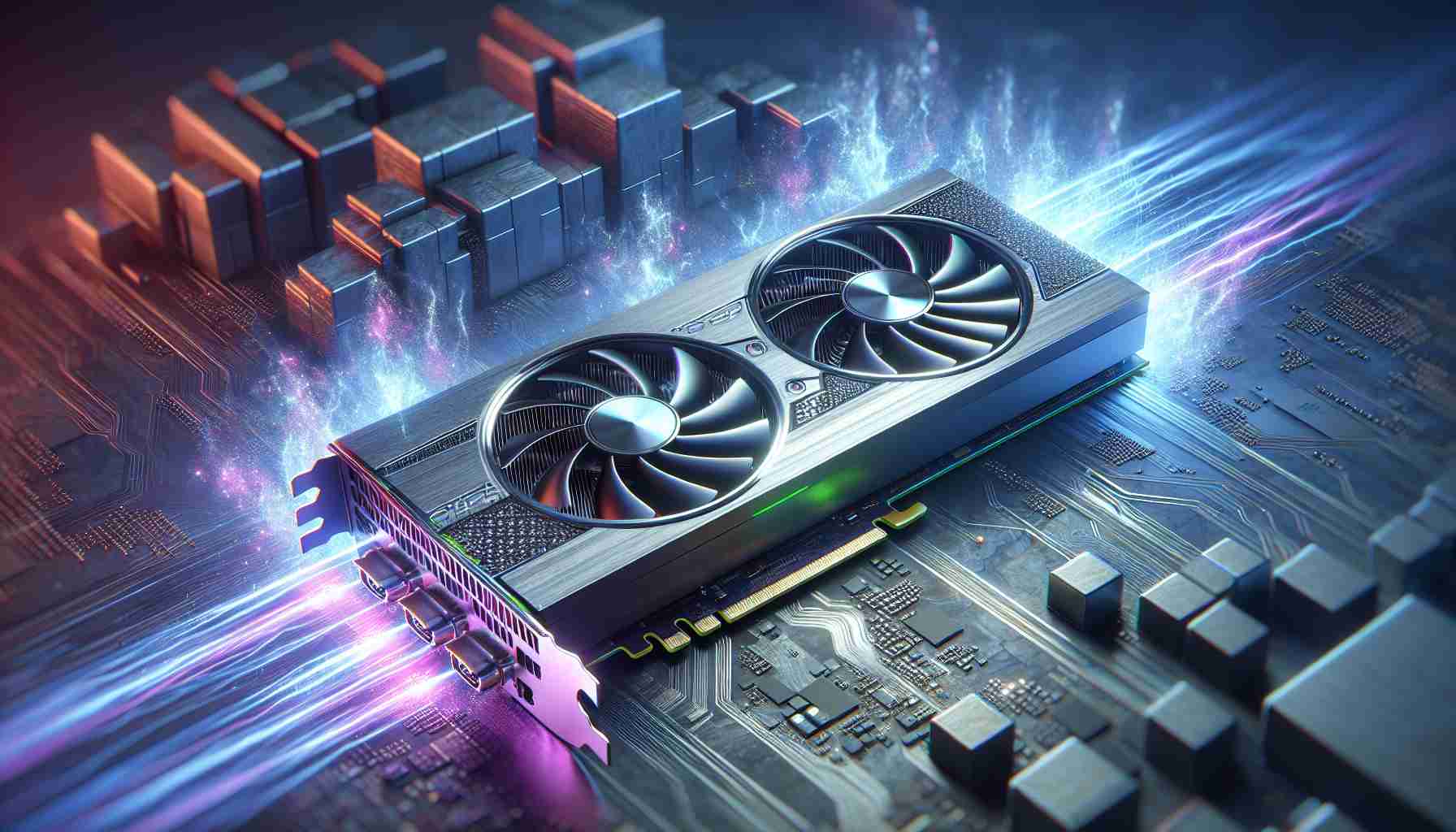Optane products are finally profitable Intel
Optane-branded 3D XPoint non-volatile memory devices have occupied a unique niche in the SSD market for a long time. They perform especially well on small-block random operations, and for this reason, they have gained popularity in high-performance storage systems as cache drives. Optane pricing is not very humane in 2020, but is it really that good for Intel?
According to statistics, it was difficult to talk about the profitability of Optane for Intel, or rather, its Non-volatile Solution Group (NSG) division, for a very long time. Since 2016, every quarter, according to analysts, NSG was forced to report losses, and sometimes reaching 30-40%. Some exceptions could be observed in 2017 and 2018, but only in certain quarters, and already at the beginning of 2019, the division was forced to re-report significant losses.

Foreign sources report that, in general, the production and sales of NAND devices for half a year, until the second quarter of 2020, brought Intel profit, but it was Optane that pulled the overall indicators “to the bottom”, reducing the company’s efforts not just to zero, but to negative values. … But in the second quarter, the situation changed and NSG reported a profit of $ 322 million and a yield of 19%. This compares to the financial performance of Intel NSG rivals such as SK Hynix and Micron, albeit lower than, for example, Samsung or Western Digital.
These numbers indicate that Optane is no longer an anchor for NSG. This is said to have happened due to an increase in the volume of production of such devices, which led to the triggering of economies of scale and the cost of production per unit of output decreased sufficiently. The trend is expected to remain positive in the future.
However, the possibility of Intel’s refusal to release Optane under its own wing is not excluded – the company had previously refused to work on many types of non-volatile memory, except for NAND. This sad list includes a wide variety of technologies, from SRAM and DRAM to exotics like bubble memory and PCM.
Recall that an alliance between Micron and Intel participated in the development of 3D XPoint, and the latter is currently purchasing crystals from its former partner. In light of Intel’s tendency to focus on various “coprocessors”, including FPGAs, as well as software development, there is some possibility that the “blue” will leave only 3D NAND in their production, especially in the increasingly popular four-bit version of QLC.









